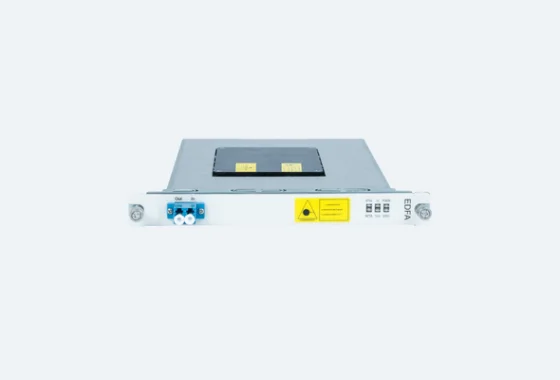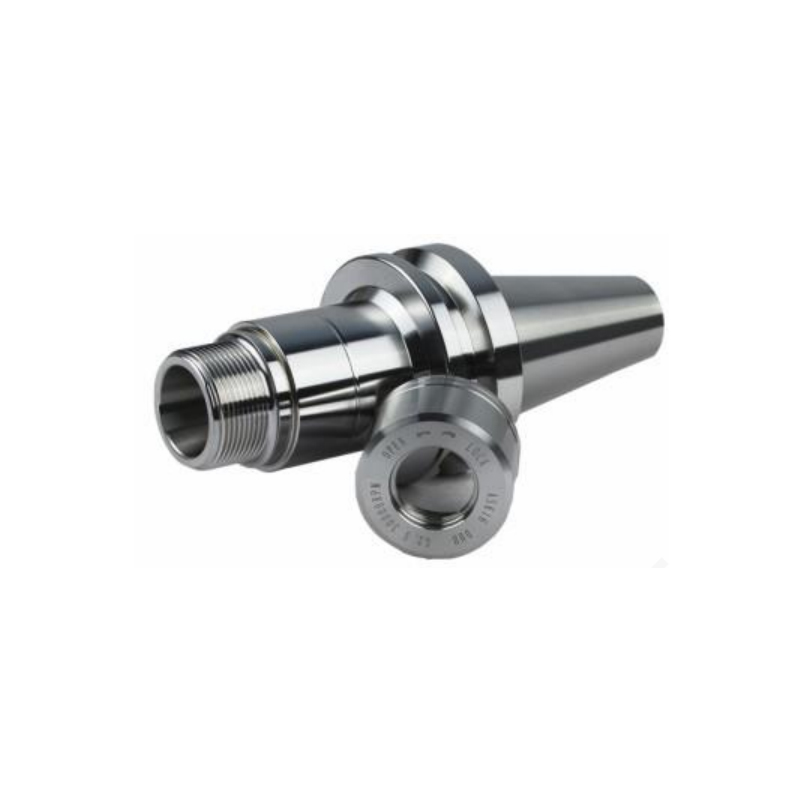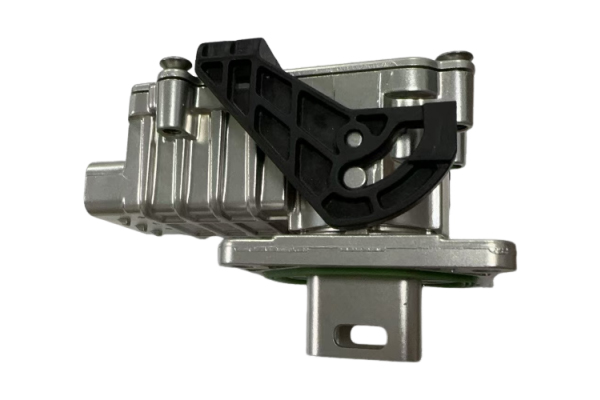Soldering is an essential skill in various fields, from electronics to plumbing, and even in jewelry making. However, many practitioners encounter a frustrating problem: the solder simply won’t stick to the metal. This issue can lead to failed connections, wasted materials, and significant time loss. In this article, we will delve into the common reasons why solder may not adhere properly to metal surfaces and provide practical solutions to ensure a successful soldering experience.
Understanding the Basics of Soldering
Before we explore the reasons behind poor solder adhesion, it’s crucial to understand the fundamentals of soldering. Soldering involves melting a filler metal (solder) to join two or more metal pieces together. The effectiveness of this process hinges on several factors, including the type of solder used, the temperature of the soldering iron, and the cleanliness of the metal surfaces.
Common Reasons for Poor Solder Adhesion
- Surface Contamination
- Oxidation: Metals naturally oxidize when exposed to air, forming a layer of oxide that can prevent solder from adhering. For example, copper and aluminum are particularly prone to oxidation. To combat this, always clean the metal surfaces before soldering using a suitable abrasive or chemical cleaner.
- Dirt and Grease: Any contaminants such as oil, grease, or dirt can create a barrier between the solder and the metal. Using isopropyl alcohol or a dedicated degreaser can effectively clean the surfaces.
- Improper Temperature
- Insufficient Heat: If the soldering iron is not hot enough, the solder may not melt properly, leading to poor adhesion. Ensure that your soldering iron reaches the appropriate temperature for the type of solder you are using. Typically, lead-based solder requires around 350°C (662°F), while lead-free solder may need temperatures exceeding 400°C (752°F).
- Overheating: Conversely, overheating the metal can cause it to oxidize quickly or even melt, which can also prevent proper solder adhesion. Use a temperature-controlled soldering iron to maintain optimal heat levels.
- Incompatible Materials
- Solder Composition: Not all solders are suitable for every type of metal. For instance, lead-free solder may not adhere well to certain alloys. Always check the compatibility of your solder with the metals you are working with. For instance, silver solder is ideal for joining silver and brass, while tin-lead solder works well with copper.
- Metal Type: Some metals, like stainless steel, are notoriously difficult to solder due to their high chromium content. In such cases, consider using specialized flux or solder designed for those materials.
- Insufficient Flux Application
- Role of Flux: Flux is a chemical cleaning agent that helps to remove oxidation and improve solder flow. Without adequate flux, solder may not adhere properly. Ensure you apply the right type of flux for your solder and metal combination. For example, rosin flux is commonly used for electronics, while acid flux is suitable for plumbing applications.
- Flux Residue: After soldering, it’s essential to clean off any residual flux, especially if it’s acidic, as it can lead to corrosion over time. Use water or a suitable solvent to clean the joint after soldering.
Practical Solutions to Improve Solder Adhesion
- Pre-tinning: Pre-tinning involves applying a thin layer of solder to the metal surfaces before making the final joint. This technique can enhance adhesion and create a more reliable connection.
- Use of a Soldering Iron with a Clean Tip: A dirty or oxidized soldering iron tip can hinder heat transfer and lead to poor soldering results. Regularly clean the tip with a damp sponge or brass wool to maintain optimal performance.
- Experiment with Different Solders and Fluxes: If you consistently face issues, consider experimenting with different solder types and fluxes. Some solders are specifically formulated for challenging materials, and finding the right combination can make a significant difference.
- Practice Proper Technique: Ensure that you are applying solder correctly. Hold the soldering iron against the metal joint and allow it to heat up before introducing the solder. This technique ensures that the solder flows into the joint rather than just sitting on the surface.
Conclusion
Understanding why solder may not stick to metal is crucial for anyone involved in soldering tasks. By addressing surface contamination, ensuring proper temperature, using compatible materials, and applying adequate flux, you can significantly improve your soldering results. Remember, soldering is as much an art as it is a science; practice and experimentation will lead to mastery. With these insights, you can tackle your soldering projects with confidence, ensuring strong and reliable connections every time.



